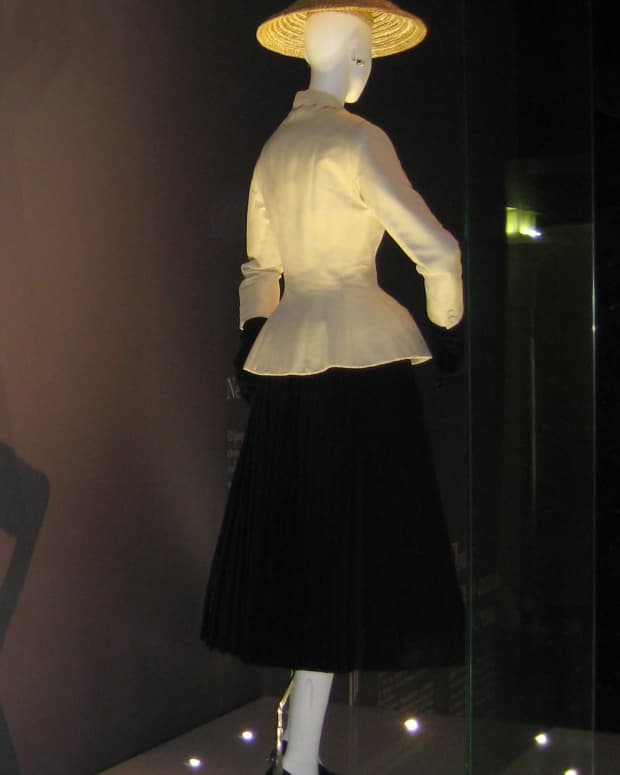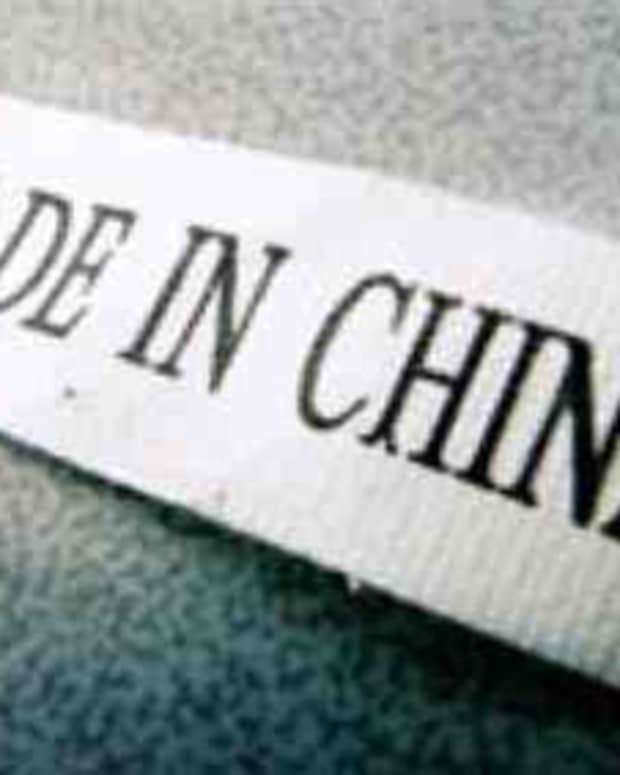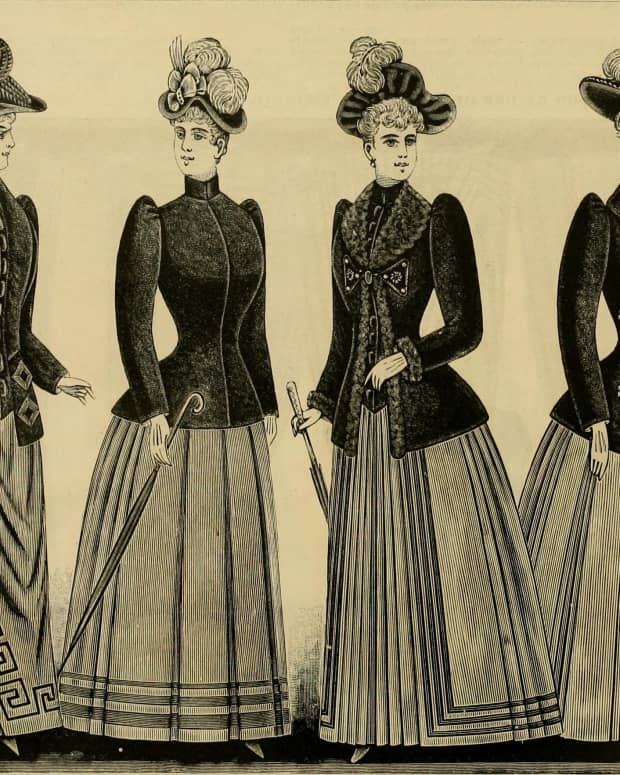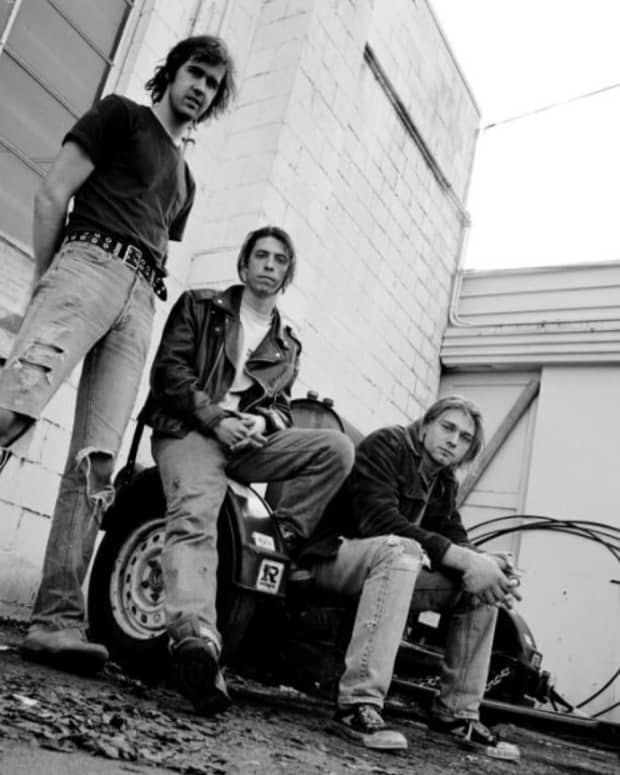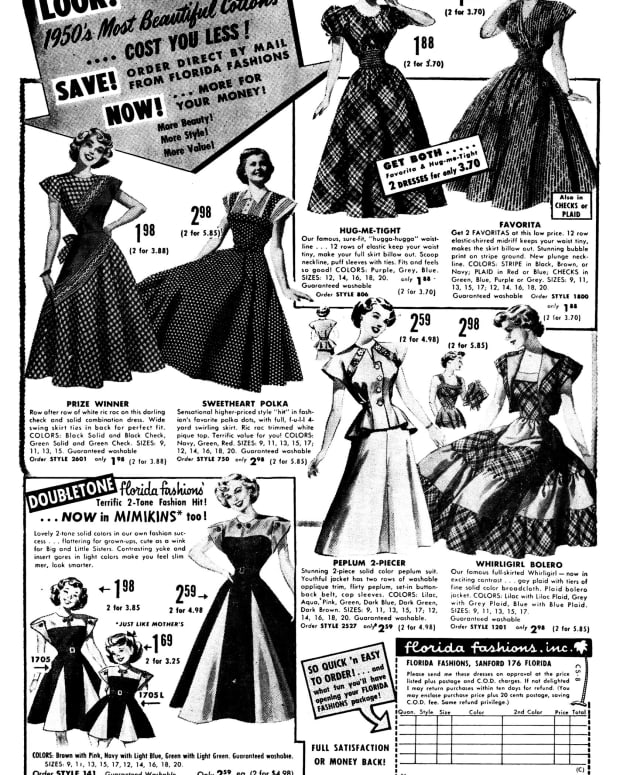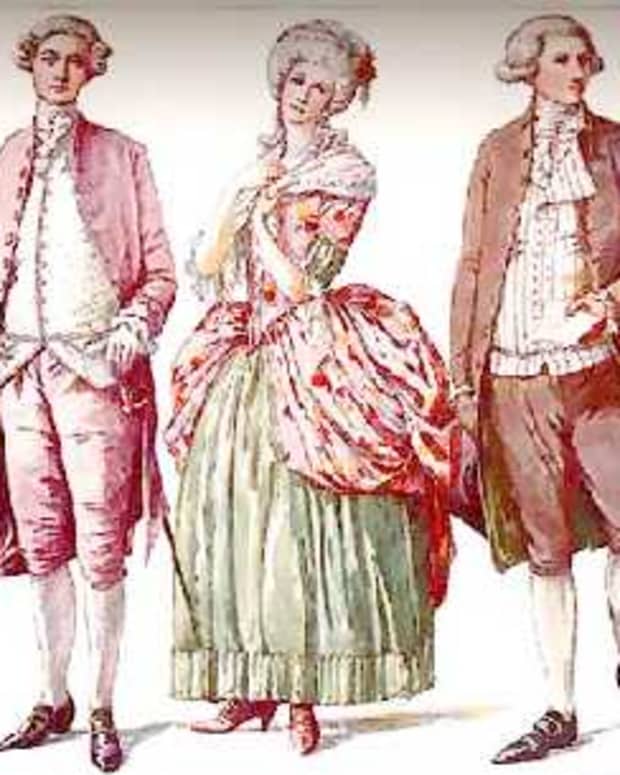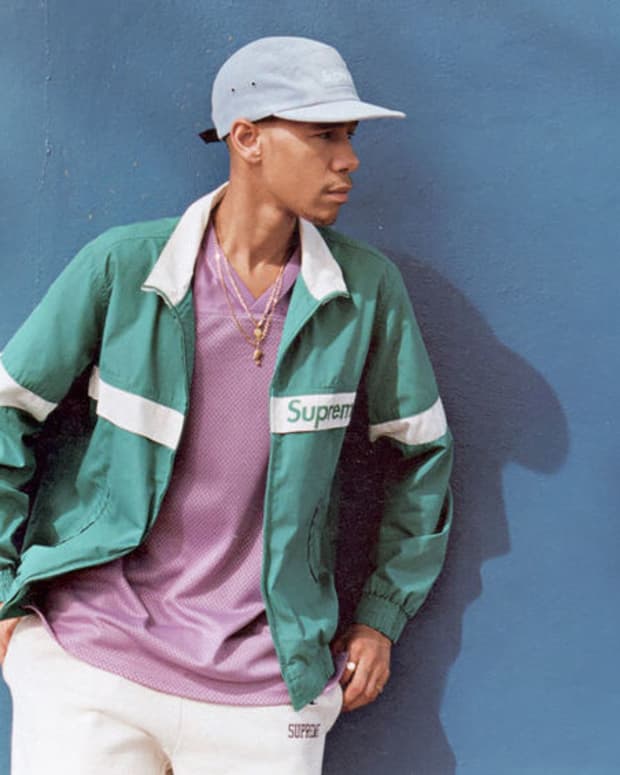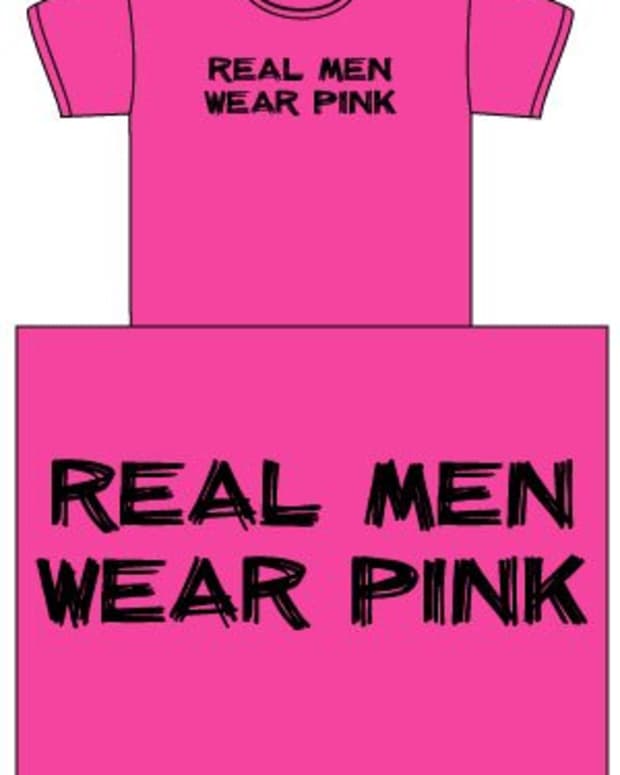The Issues With Fast Fashion
Avid sneakerhead and streetwear enthusiast, Ian has been experimenting with style so you don't have to.
We've all done it before. We've seen a nice designer piece or a trendy garment, and we absolutely needed it. But usually, a person can't drop a couple thousand dollars on a pair of ripped jeans. So what would the regular person do? They'd go to Zara, H&M, or Topman and find the next best thing. And usually, it can't be beat—okay, quality garments for low prices and all a quick car ride or click away. But it's never really that simple, and fast fashion costs way more than what you may see on the rack.
A Quick Disclaimer
This article will talk about things that people may not find entirely comfortable. The business practices behind fashion companies are not always talked about, and so few people know where a lot of their clothes come from. This article will explore the less talked about, nastier part of the industry.
An Issue With Sustainability
Fast fashion is not sustainable at all. Just for a regular pair of blue jeans, it takes 2,000 gallons of water just to grow the cotton for a pair of jeans. And it takes about 713 gallons of water just to grow enough cotton for a regular t-shirt. This, unfortunately, can't really be avoided.
Fast fashion companies, however, worsen this practice. The dye behind any garment adds to the water footprint of production, and fast fashion companies often produce these garments inefficiently. This means that even more water is used to create those jeans and shirt that will probably last six months. Of course, agriculture, in general, takes a lot of water, but if your jeans take 2,000 gallons of water to make, you will probably want them to last for longer than a year or so.
Problems With "On-Trend" Clothing
Another issue with sustainability is the process behind fast fashion. Fast fashion retailers work on an on-trend basis. This means the design, production, and consumption basis shortens from a months-long period to only weeks. This means that designers have no time to be creative, factories rarely have time to quality assess garments effectively, and the consumer gets the latest in-the-know clothing a week after it starts to trend.
This doesn't end well for anyone, as the market starts to rely entirely on riding and predicting trends, consumers dispose of their "so last month" garments in favor of new ones that will be out of fashion in a month, and originality in the market dies rapidly. Fast fashion, in no way, is meant to be sustainable, and it makes it blatantly obvious.
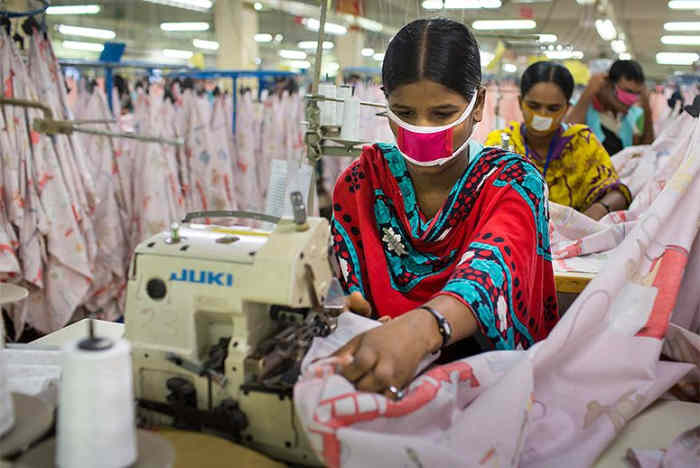
Women are even reported to have been worked 16+ hours a day just to satiate the wants of western consumers. Cool, right?
Labor and Economics
Well, maybe design processes and environmentalism aren't your biggest concern. But a major component to fast fashion is how inexpensive it is. How is all this clothing so inexpensive, though? The answer is slave labor. A pair of jeans can be made in India for 92 cents, which includes wages and safety measures for workers.
Sweatshops
Sweatshops in fashion are no secret, and it's even a joke for certain people about how common sweatshops are in the fashion industry. However, conditions are so much more worse than many may think. The workforce, which is disproportionately female, gets almost no workers' rights, including no maternity leave or paid sick leave. This means that the largely uninsured and underpaid workforce is constantly working for little to no pay in developing countries such as India and parts of Africa.
Poor Safety Standards
But it gets much worse, as the safety standards for these workers are also often unaccounted for and lacking in any real consideration. In 2014, in Bangladesh, the Rana Plaza factory collapsed, killing 1,134 people and injuring about 2,500 more. While the factory collapse was a disproportionate tragedy, smaller collapses and fires are not uncommon in these factories, and death and injury is common. Workers are seen as disposable, and they work for pennies an hour, only to make garments that are more disposable.
Read More From Bellatory
With little to no safety precautions, little to no pay, and no regard to worker well-being, fast fashion has no problems in using workers that are cheap, expendable, and largely unable to complain due to workers' rights in these countries.

One of the many pictures of the factory collapse in Bangladesh. While this was one of the most devastating factory collapses in the history of fashion, not much has been done to improve workers' rights.
What Can We Do?
So fast fashion sucks, yeah. But what can the average person do to alleviate the stresses that fast fashion causes to the environment and human rights? Well, there are several things to do to help.
1. Thrift and DIY
The first option is to thrift and do a bit of DIY. Thrifting has garments that are vintage and distressed in a way that a factory can't really reproduce. And, depending on your thrift store, you can find good name brands and good garments which fit with current trends. And, with a bit of dedication and effort, you can make some good DIYed pieces that are on par with fast fashion garments.
This recycling not only helps workers, but it's overall better for the environment as you're using older pieces instead of buying a new piece of clothing altogether. Thrifting also allows for more experimentation, as it's cheaper than even fast fashion and the pieces can end up more versatile and open for experimentation. Always check your local thrift shops.
2. Buy From Sustainable Brands
A more expensive, yet also acceptable, option is buying from sustainable brands. Such brands include NOAH, Levi's, Patagonia, Nudie Jeans, and various other brands. These brands focus on transparency, ethical trade, and ethical production. Such brands help everyone involved in the process live and thrive upon their manufacturing process. This is in stark contrast to the shady and often sleazy efforts of fast fashion companies.
So while it may be hard to curb the habits of buying from H&M and Zara, the ethical and environmental payoffs are much better than simply buying from these brands. Always look out for more ethical, environmentally friendly brands, and thrift always!
Comments
Dhwani on June 01, 2020:
Very informative and commendable blog.
Here is my attempt on writing about Fast fashion, textile waste and how we can take steps for taking care of Mother Earth and it's people as she does for us. People need to dedicate and expand their knowledge so that we can make a difference as we are all together in this.
https://stylegreenwithdee.wordpress.com/
Ethan Reyes on January 10, 2019:
nice article:)







